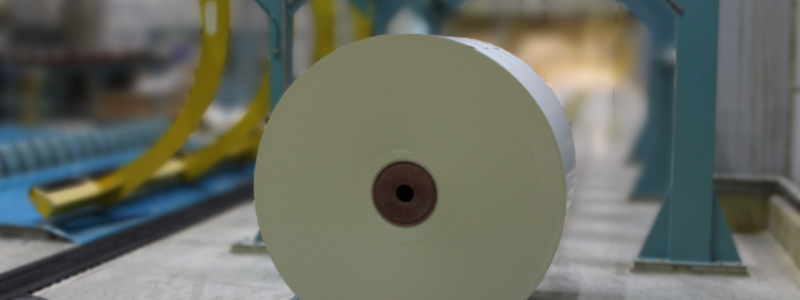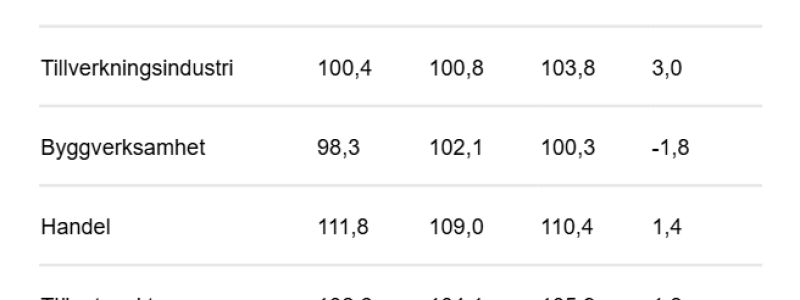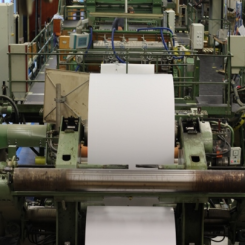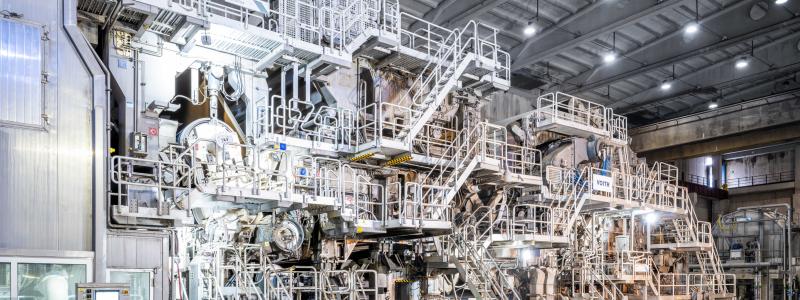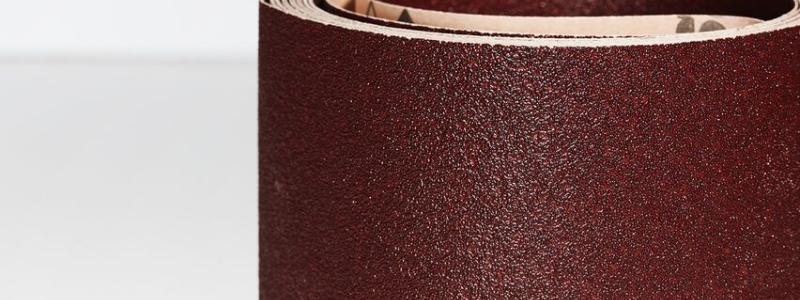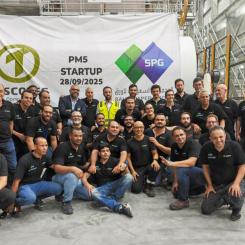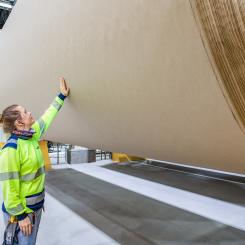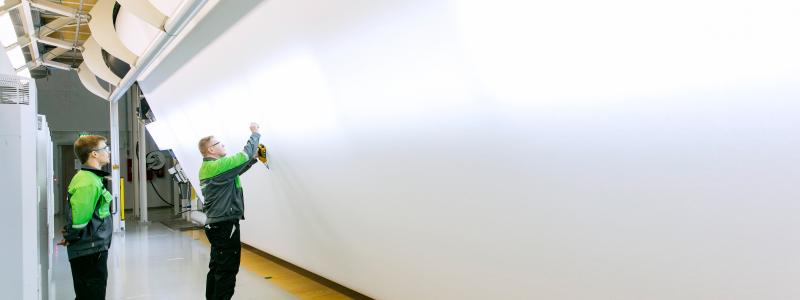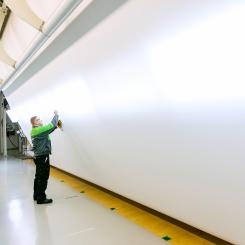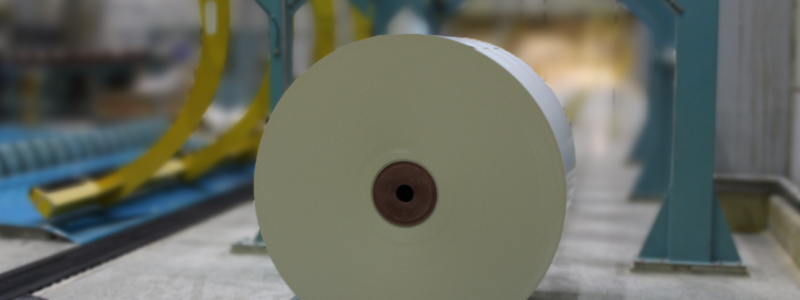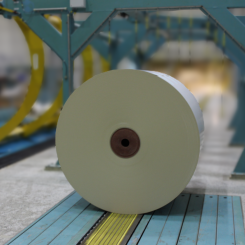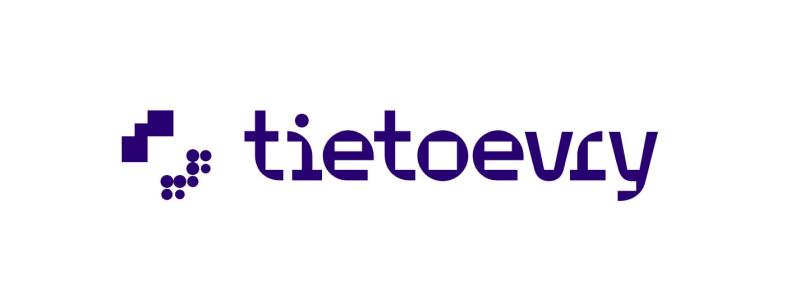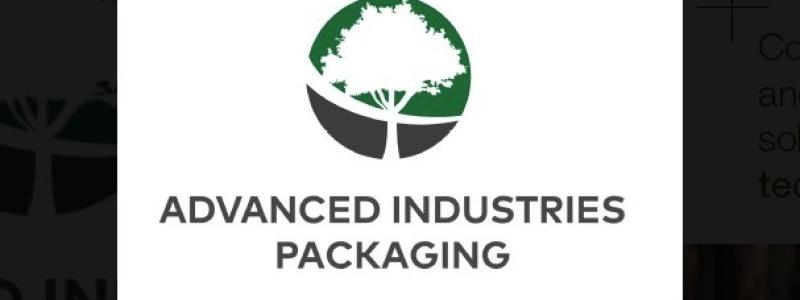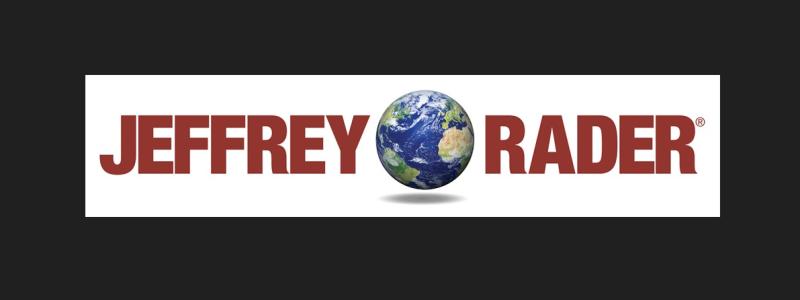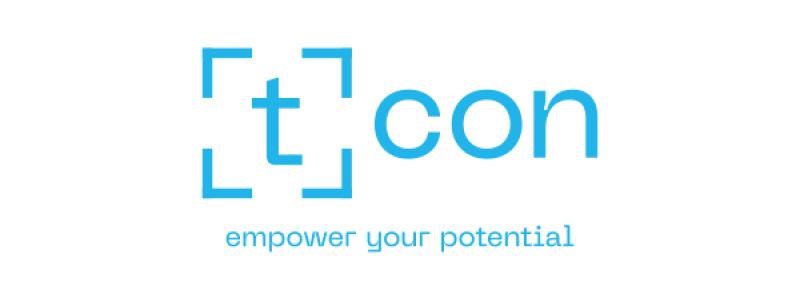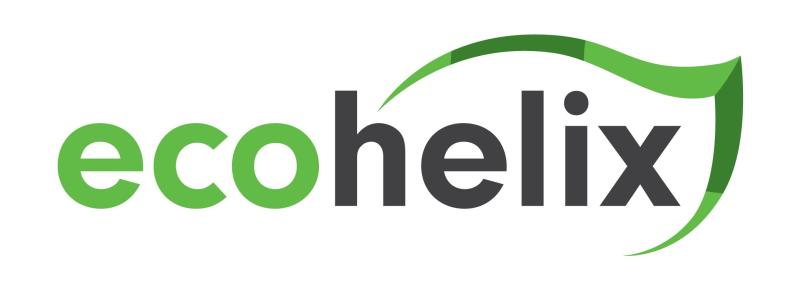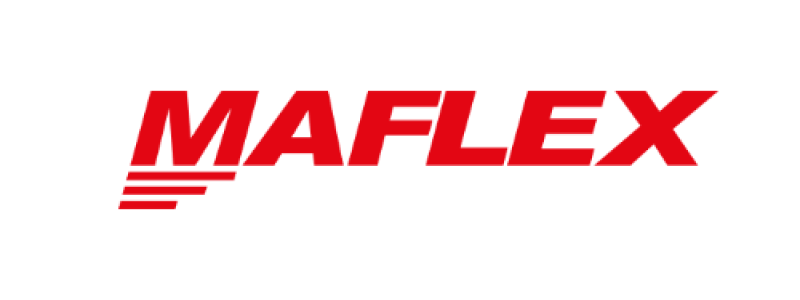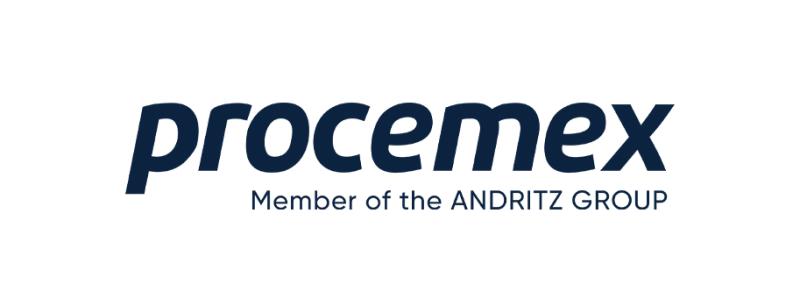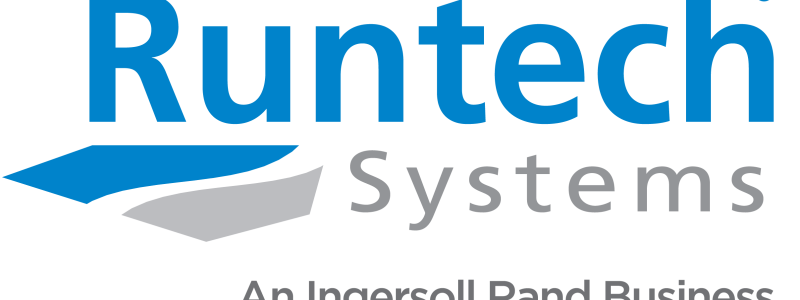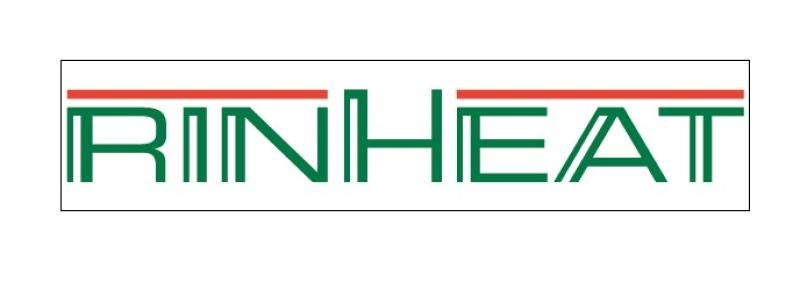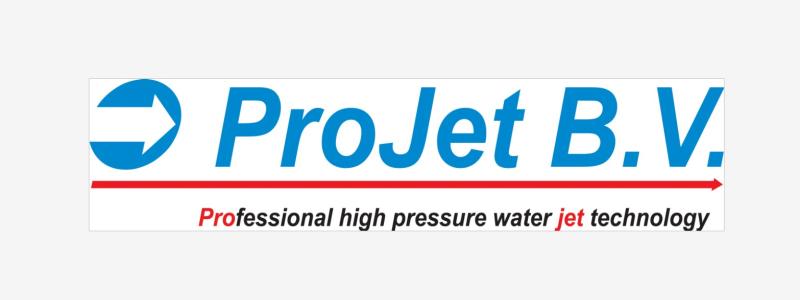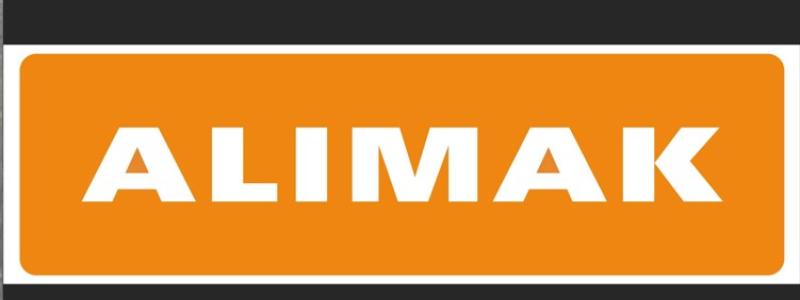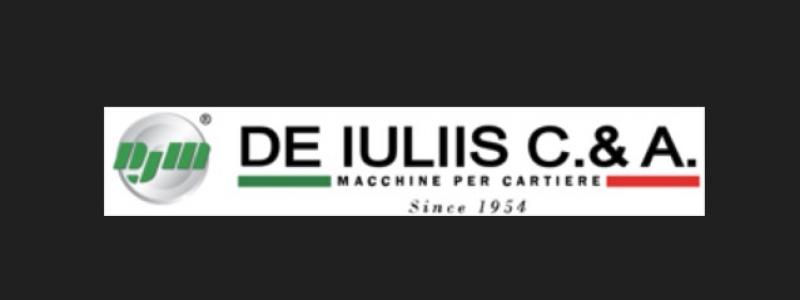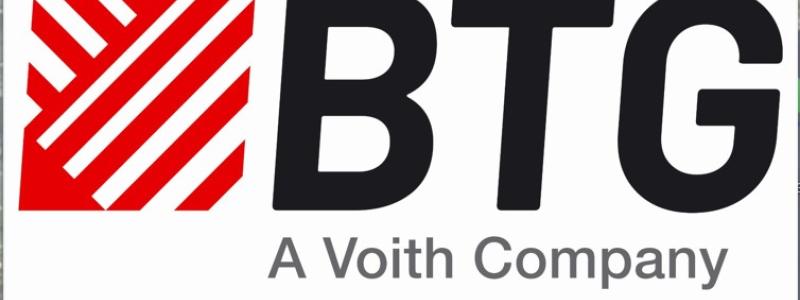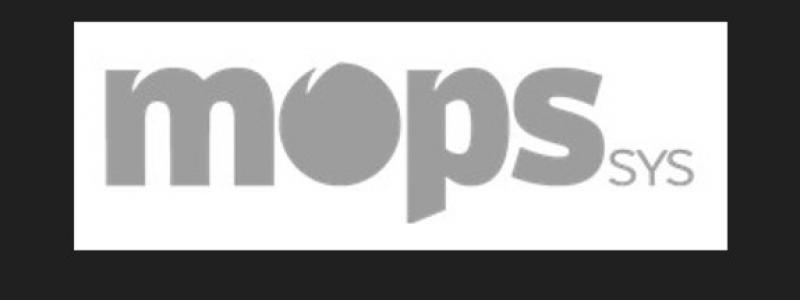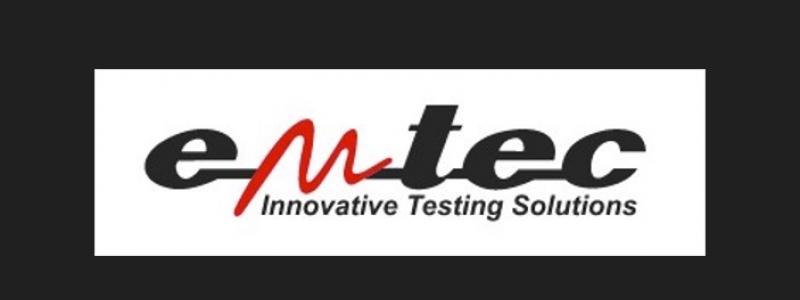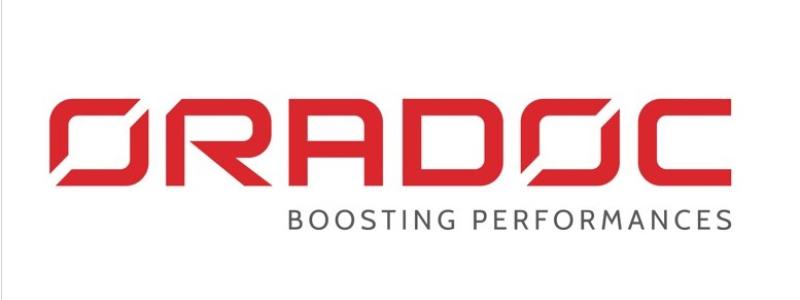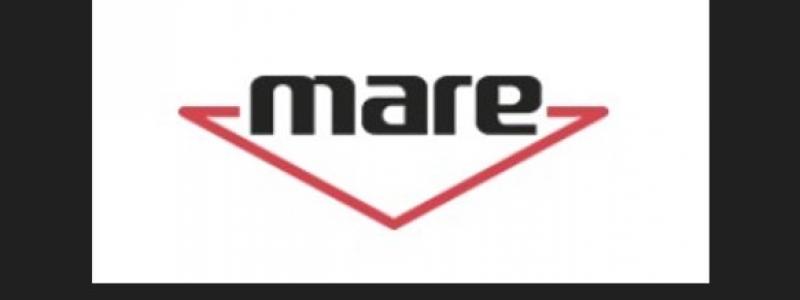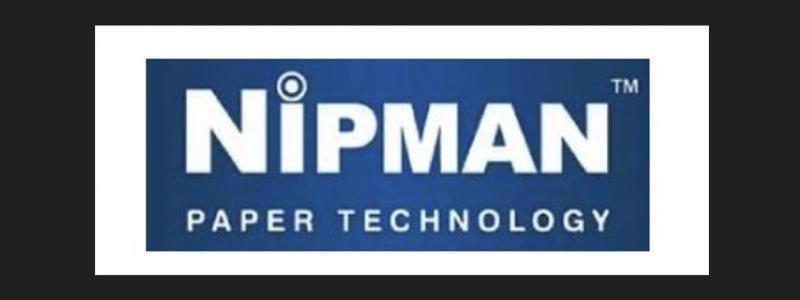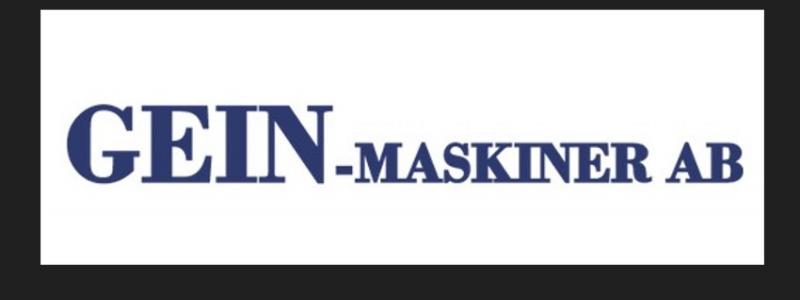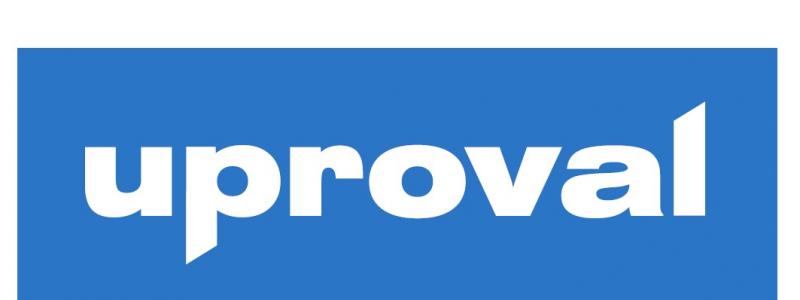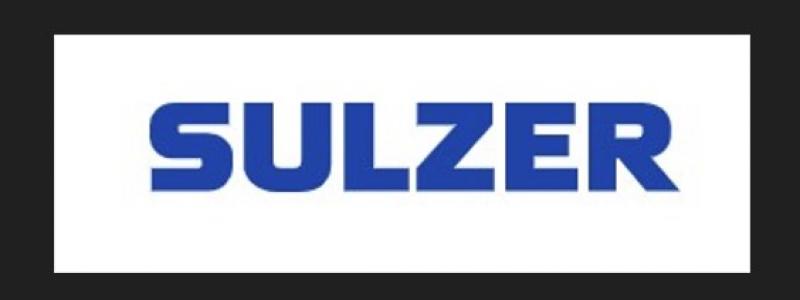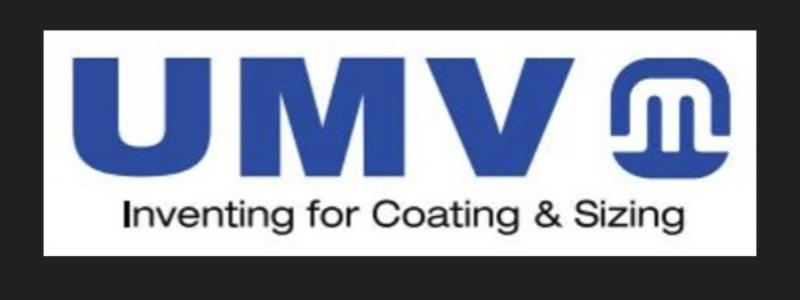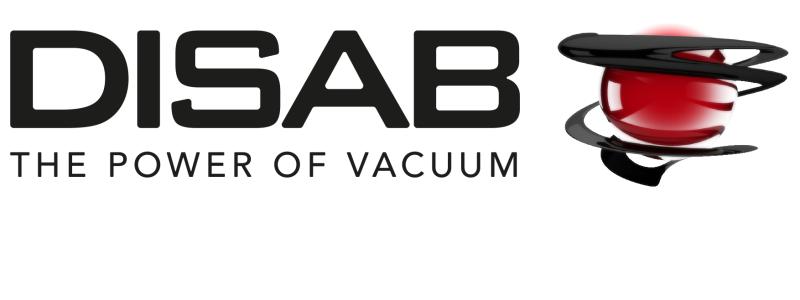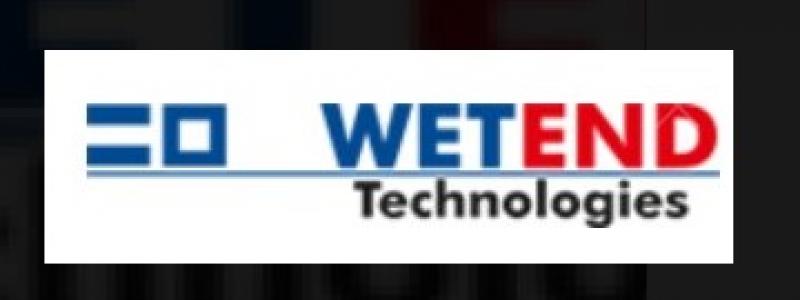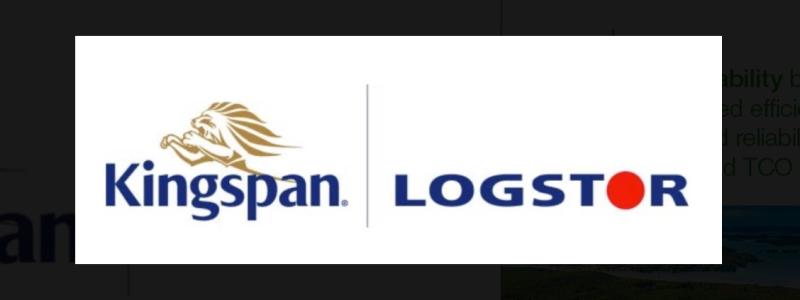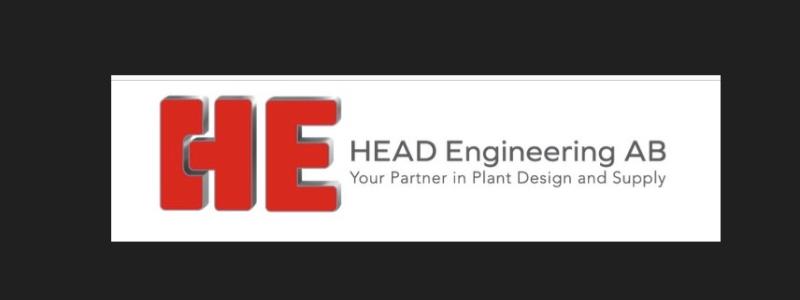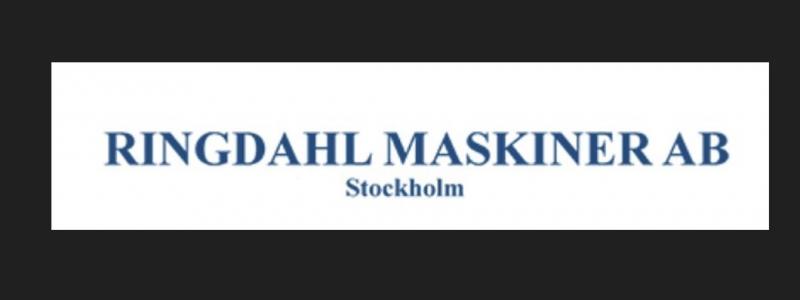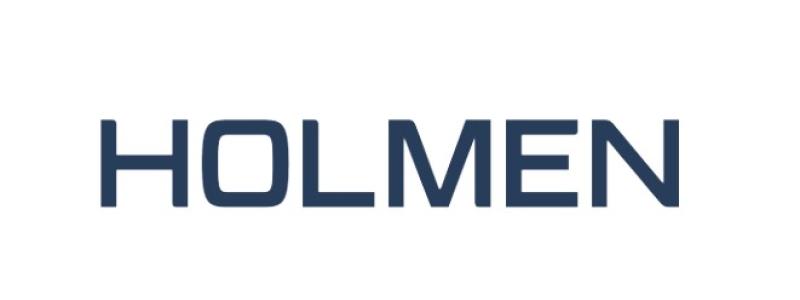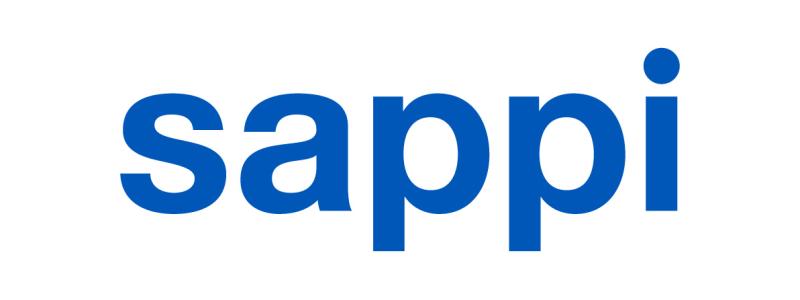A new report on the global packaging industry from international corporate finance partners Capitalmind (France and Benelux) and Catalyst Corporate Finance (UK) unveils that consolidation is top of the agenda for European businesses. This is in order to meet the challenges from suppliers and customers, improve scale benefits, R&D and innovation spend and purchasing power.
The packaging industry has been expanding rapidly with an average growth rate of five per cent annually over the last five years and the global packaging industry is now estimated to be worth $600 billion. This growth is expected to increase to seven per cent per annum over the next five years, mainly due to the demand from emerging markets (see image).
Global growth will be driven by the Asia Pacific region, which is forecast to rise by eight per cent in the next five years. Within the region, China will account for much of this increase. China has seen significant growth in all aspects of packaging from industrial and transport through to retail. Demand has been based around less complex packaging solutions using paper and board and metals although interest in higher value packaging solutions, including flexible plastic, is growing.
Europe is expected to remain the largest packaging market in the world with the market set to rise from a valuation of $165 billion in 2013 to $200 billion by 2018. "Europe shows variations by country in terms of market growth forecasts, but overall we are anticipating a four per cent increase in the market, which will be led by demand in Germany," commented Michel Degryck, partner at Capitalmind and co-author of the report.
Within these figures there are also variations between market segments. Paper and board packaging is currently the largest segment (£250 billion market) whereas plastic packaging has the strongest growth prospects. European producers have different challenges to face depending on which segment they are in. For example, heavy investment by China in paperboard capacity has put pressure on European producers which in turn has seen innovation and new trends emerging. One such trend is the rise of Nordic white strategies based on high quality softwood. Plastic packaging producers are more concerned with the issues surrounding recycling and waste, with only 35 per cent of plastic packaging recycled in Europe compared to 73 per cent of paper and board packaging.
Both the plastic and paper and board segments are very fragmented and diverse which presents mergers and acquisition (M&A) opportunities through consolidation. "This is particularly the case for paper and board in Europe where the top three producers account for 36 per cent of the market compared to the US where the four largest players account for 75 per cent of the market. This means that there is greater potential for consolidation across Europe which will in turn drive M&A," said Jeremy Harrison, partner at Catalyst.
The plastics market is more highly fragmented across all markets with both Europe and the US showing over 60 per cent of the market comprising small companies, so the leading players such as Amcor and Mondi in Europe and Bemis and SealedAir in the US are less dominant than the likes of Smurfit Kappa and IP in the paper and board market.
Consolidation is already underway with a 28 per cent increase in the number of packaging deals in 2014, a trend continuing into 2015 in both North America and Europe.








